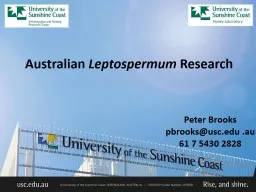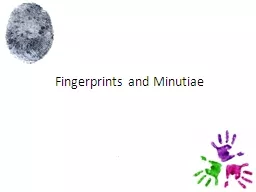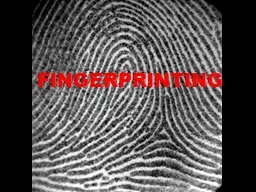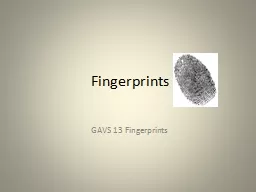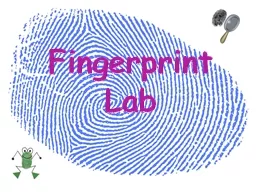PPT-Chromatographic Fingerprints of Honeys
Author : kittie-lecroy | Published Date : 2017-05-19
Dr Peter Brooks amp Daniel Meloncelli USC Honey Research Lab pbrooksuscedu au 61 7 5430 2828 Some Basic Facts Compounds collected from Nectar and Honey Dew by the
Presentation Embed Code
Download Presentation
Download Presentation The PPT/PDF document "Chromatographic Fingerprints of Honeys" is the property of its rightful owner. Permission is granted to download and print the materials on this website for personal, non-commercial use only, and to display it on your personal computer provided you do not modify the materials and that you retain all copyright notices contained in the materials. By downloading content from our website, you accept the terms of this agreement.
Chromatographic Fingerprints of Honeys: Transcript
Download Rules Of Document
"Chromatographic Fingerprints of Honeys"The content belongs to its owner. You may download and print it for personal use, without modification, and keep all copyright notices. By downloading, you agree to these terms.
Related Documents

